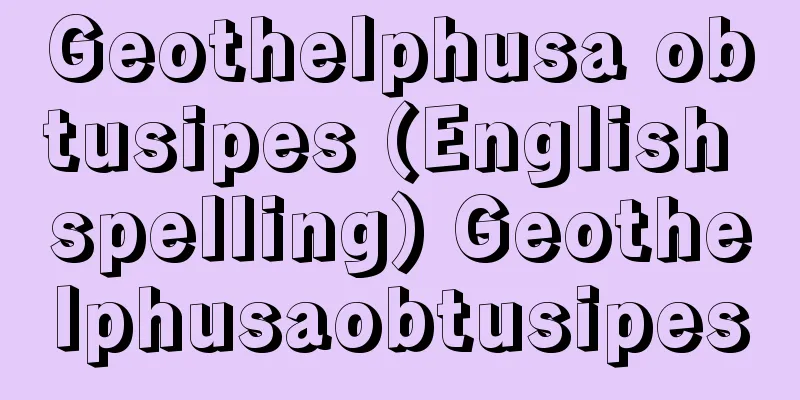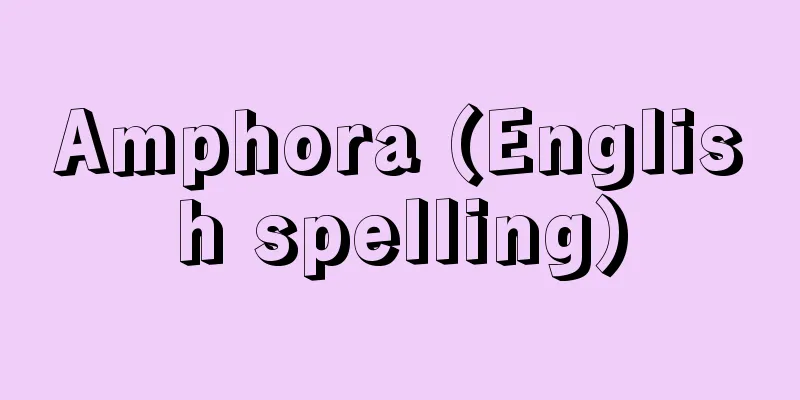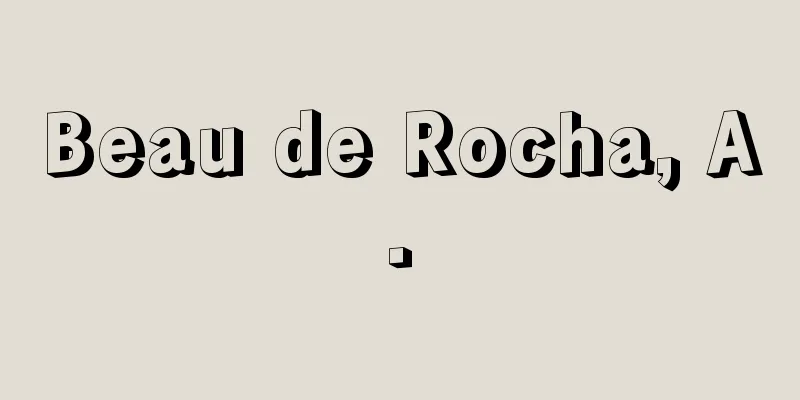Pottery with ink inscriptions - Bokushodoki

|
There are two types of pottery: pottery with characters written in ink, and pottery with human faces drawn on it (pottery with ink-written human faces). Among the ink-written characters, the characters for "knowledge" written on pottery excavated from the lower levels of the Sakata-dera Temple ruins (Asuka Village, Nara Prefecture), and the group of ink-written pottery discovered at the Fujiwara Palace ruins (Kashihara City) with inscriptions such as "Kanmori" and "Unemeki" are thought to be from the early period, and were popular from the 7th century to the 10th century, but then rapidly declined. The contents include names of government offices, temples, official positions, place names, people's names, and other names indicating affiliation or ownership, as well as records of uses such as "Wan" (bird's nest) and "Aburatuki" (oil bowl), characters thought to be auspicious such as "Fukujo" (good fortune) and "Heian" (Heian period), as well as drafts of official documents, handwriting, and casual writing. However, single-character inscriptions and symbols are common, and many are unclear in meaning, but they too likely belong to one of the above categories. Among these, katakana and hiragana characters are occasionally found, making them good sources of evidence for the development of national characters, and they can also be important clues in archaeological research, such as determining the age from the date inscriptions and identifying the site as the site of the Shida County Office from the ink characters "Shida" and "Dairyo." Pottery with ink-painted human faces generally has the outer surface of the vessel depicted as a face, with the outline omitted and only the ears, eyebrows, eyes, nose and mouth drawn, but some have facial hair or other features to give the face a different look. Many pottery pieces are painted on one, two or even four sides, an even number of times, and sometimes they are painted on the bottom as well. They are thought to date from the 8th to the 11th centuries, but were at their peak up until the 9th century, and later in history they include pieces with different painting styles and meanings, such as those found at the ruins of the Satsuma Provincial Office. Although excavated remains are concentrated in the Kinai region, there are known to have been found in 50 locations (1985) from southern Iwate Prefecture to northern Kyushu, and along with saigushi, they are often found in waterside locations such as rivers, ditches, and ponds. The Engishiki, compiled in the 10th century, describes an event in which crucible-shaped earthenware vessels are used to purify evil spirits into the river during the imperial court ritual of the "Oharae" held in June and December. This coincides well with the circumstances, and so it is believed to be a relic related to an ancient ritual with a strong Taoist flavor. [Yoshiharu Koide] Source: Shogakukan Encyclopedia Nipponica About Encyclopedia Nipponica Information | Legend |
|
土器に文字を墨書したものと、人の顔を描いたもの(人面墨書土器)と2種類ある。 墨書文字には、坂田寺跡(奈良県明日香(あすか)村)下層出土の土器に「知識」と書かれた文字をはじめ、「掃守(かにもり)」「宇尼女ッ伎(うねめっき)」などと記された藤原宮跡(橿原(かしはら)市)発見の墨書土器群などが初現期のものと考えられ、7世紀代から10世紀代ころまで盛行するが、以後急速に衰退する。その内容は、官衙(かんが)名、寺名、官職名、地名、人名など所属・所有を示すもののほかに「鳥埦(わん)」「油坏(あぶらつき)」など用途を記したもの、また、「福饒」「平安」のごとく吉祥文字と考えられるもの、そのほかに公文書の下書きや手習い、戯(ざ)れ書きなどもある。しかし、一字銘や記号のものが一般的で、意味不明瞭(ふめいりょう)のものが非常に多いが、それらも以上の分類のいずれかに属するものであろう。これらのなかには、まれに片仮名、平仮名の文字もみられ、国字発達の跡を知る好資料であるとともに、紀年銘によって年代が判定されたり、「志太(しだ)」「大領」の墨字から志太郡衙跡との決定をみるなど、考古学研究上の重要な鍵(かぎ)となる場合がある。 人面を墨書した土器は、外側の器面を顔に見立て、輪郭を省略して耳、眉(まゆ)、目、鼻、口のみを描いたものが一般的であるが、なかにはひげをかくなどして表情に変化がある。一つの土器に一面もしくは二面、四面と偶数倍に描かれたものが多く、ときには底部にかかれる場合もある。時代は8世紀から11世紀に及ぶと思われるが、9世紀代ころまでが最盛期で、時代が下ると、薩摩(さつま)国庁跡発見のもののごとく、画法も意味も異なるものが含まれてくる。 出土分布は畿内(きない)に集中的であるが、広く岩手県南部から北九州に及び50か所内外の発見例(1985)が知られ、斎串(さいぐし)などとともに川、溝、池沼など水辺に多く検出される。10世紀に編纂(へんさん)された『延喜式(えんぎしき)』に、6月と12月に執り行われる「大祓(おおはらえ)」の宮廷儀式には、坩(かん)形土器を用いて川に邪気を祓(はら)い流す行事のあることが記されていて、状況がよく符合することから、道教的色彩の強い古代祭祀(さいし)に関連する遺物と考えられる。 [小出義治] 出典 小学館 日本大百科全書(ニッポニカ)日本大百科全書(ニッポニカ)について 情報 | 凡例 |
Recommend
Sanemon Okamoto
His real name was Giuseppe Chiara (Chiara). He was...
Thai Nguyen (English spelling)
The capital of Thai Nguyen Province in northern V...
Auvergne - Aubergne (English spelling)
A former province in south-central France. It is ...
Pet (English)
A pet animal. An animal that is kept for the purpo...
The Japanese Spirit
…He studied in Germany and England from 1902 to 1...
dihqān (English spelling) dihqan
…The establishment of the Zoroastrian Church mean...
Ryojin Hisho Oral Tradition Collection - Ryojin Hisho Kudenshu
Written by Emperor Goshirakawa. Only a fragment of...
One-year volunteer soldier
...the training system for junior officers of the...
Trucial Oman (English) TrucialOman
…Great troubled by the actions of these Arab shei...
Orestes
A hero in Greek mythology. Son of Agamemnon, comma...
Kwos - Kwos
...When the priest runs between the opposing grou...
Froude, W.
...Tests are conducted using models in which vari...
Okra (animal) - Okra
…An insect of the family Grylloidea, order Orthop...
Varela, Luís Nicolau Fagundes
Born: August 17, 1841. Santa Litta [Died] February...
Orwell - George Orwell
British novelist and critic. His real name was Er...









